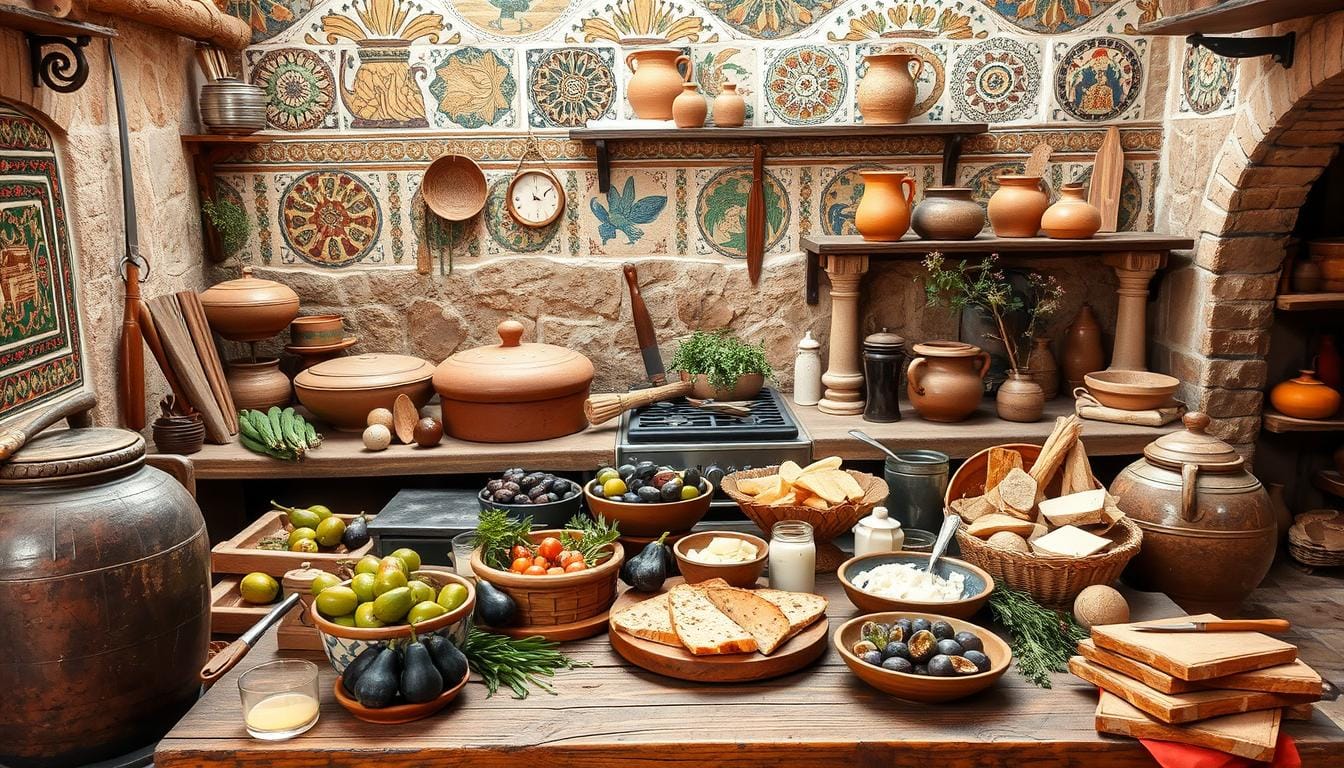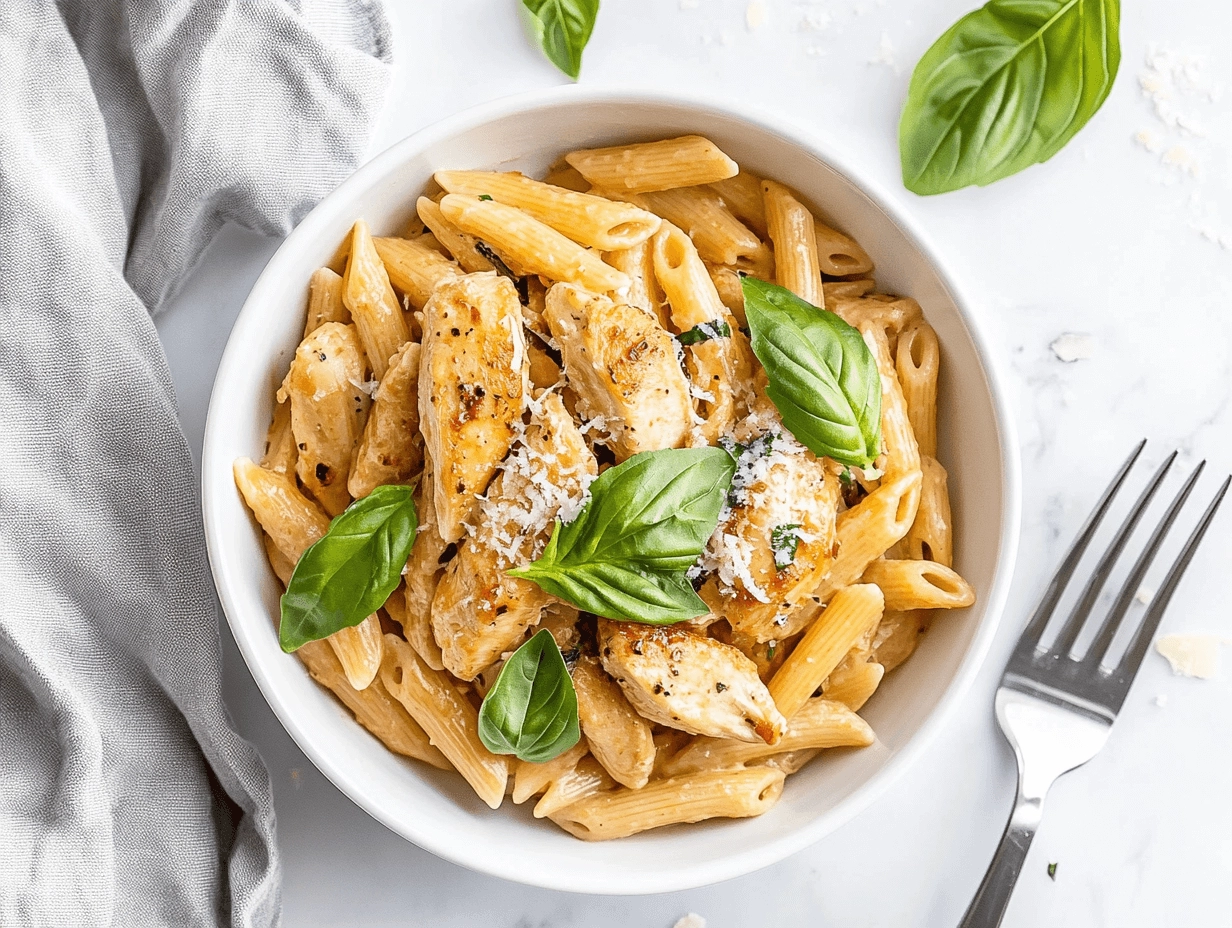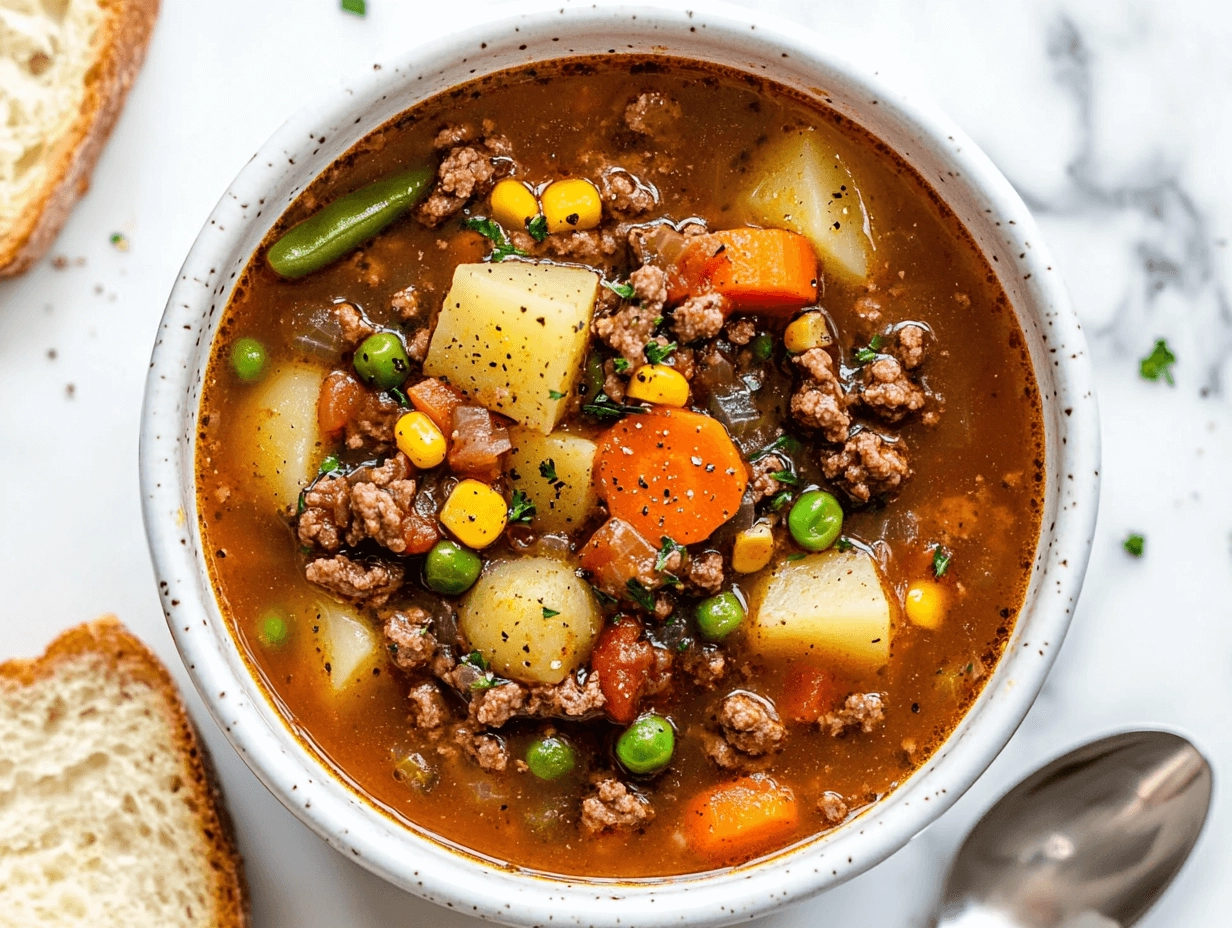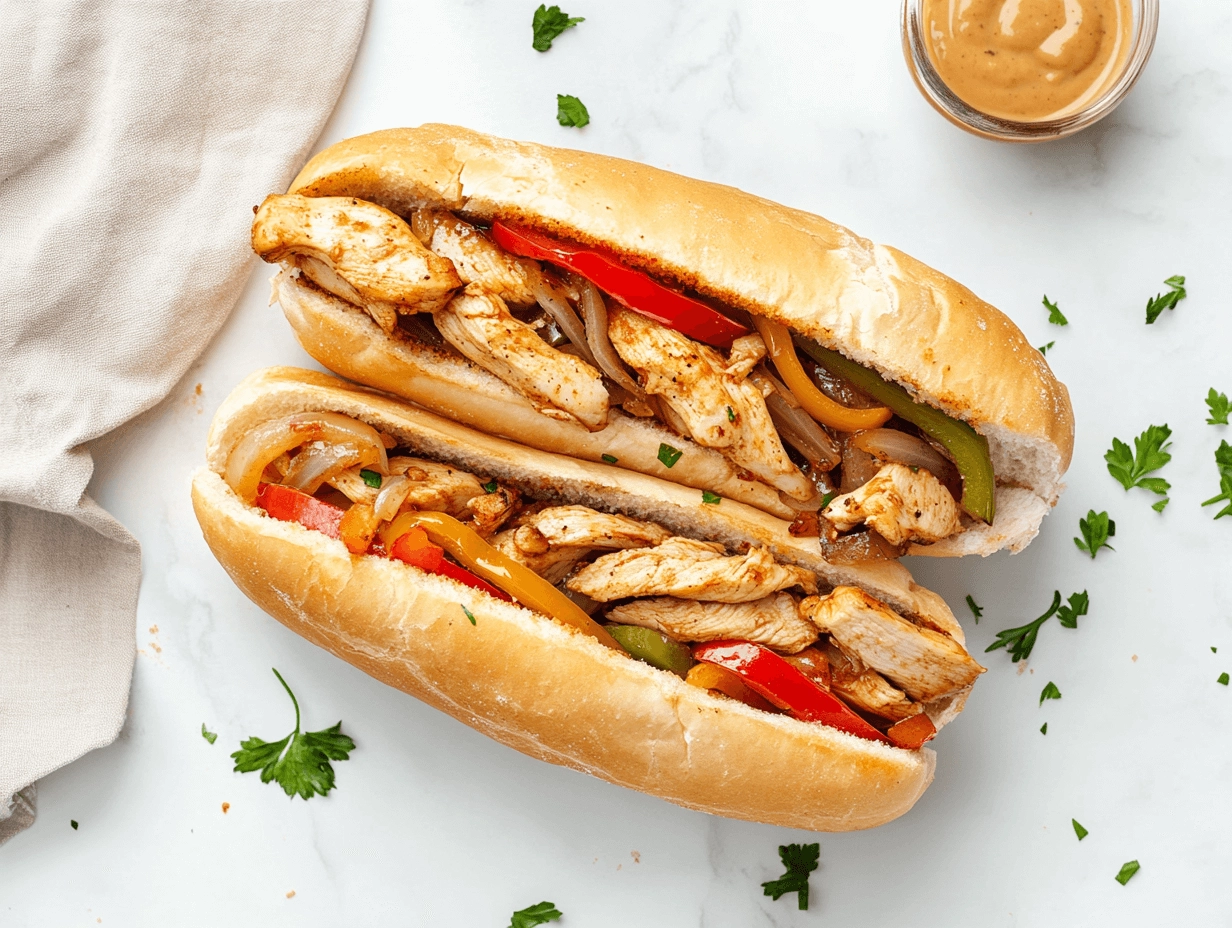Imagine going back in time to a world where meals were stories of survival and culture. Ancient Roman lunch recipes show us how simple things became amazing dishes. These dishes have influenced our food today.
When you look into what ancient Romans ate for lunch, you find a world of flavors. This world was based on cucina povera, making great meals from simple ingredients.
Roman food was more than just food. It was a sign of human creativity, where cooks made magic from basic things. Lunch was not just a meal but a way to connect with others through food and traditions.
Table of Contents
Discover more delicious recipes and ideas by visiting our homepage!
Understanding Roman Culinary Traditions and Meal Times
Ancient Roman cuisine gives us a peek into the daily life of a powerful civilization. Their eating habits were unlike ours today. The Romans’ meals showed their social structure and cultural values.

In ancient Rome, meals were structured in a way that might surprise you. Unlike our three meals a day, their eating pattern was more complex and meaningful.
Daily Eating Patterns in Ancient Rome
Did ancient Romans eat 3 meals a day? Not quite like we do. Their meals were:
- Jentaculum: A light morning meal
- Prandium: A midday light lunch
- Cena: The main meal in the afternoon
The Significance of Lunch in Roman Society
Prandium was key in Roman social life. It was more than food – it was for networking, business talks, and keeping social ties.
| Meal Type | Timing | Social Importance |
|---|---|---|
| Jentaculum | Early Morning | Quick breakfast |
| Prandium | Midday | Social networking |
| Cena | Afternoon | Main social meal |
Social Aspects of Roman Dining
Dining was a social event for Romans. They would eat while reclining on couches, talking and making connections. Eating together was a key part of Roman culture, turning meals into important rituals.
Essential Ingredients in Roman Cooking
Exploring ancient Roman lunch recipes shows us the key ingredients. Roman food used a wide range of flavors and basic items. These ingredients were important for taste and cultural value.

- Olive Oil: A fundamental component used for cooking and dressing
- Garum: A fermented fish sauce that added depth to many dishes
- Wheat and grains for bread and porridge
- Herbs like oregano, mint, and cumin
- Wine for cooking and drinking
Romans valued high-quality ingredients a lot. Rich people had access to more varied ingredients. But, common folks had simpler foods.
| Ingredient | Usage in Roman Cuisine | Social Class Availability |
|---|---|---|
| Olive Oil | Cooking, dressing, preserving | Universal |
| Garum | Flavor enhancement | All classes |
| Exotic Spices | Luxury seasoning | Wealthy citizens |
Knowing these ingredients helps us see the depth of ancient Roman cooking. It shows us the richness of their culinary traditions.
Popular Ancient Roman Lunch Recipes
Exploring ancient Roman lunch recipes opens a world of culinary creativity. The Roman meal menu was full of flavors that might surprise today’s food lovers. They turned simple ingredients into tasty dishes that met both hunger and cultural needs.

Roman cuisine was more than just food. Their lunch dishes showed great ingenuity and advanced cooking skills. These skills made everyday ingredients into something special.
Traditional Mulsum: A Sweet Wine Aperitif
Mulsum was a sweet start to Roman meals. This honeyed wine was a key part of Roman drinking culture. It was made by mixing high-quality honey with strong wine, balancing sweetness and alcohol perfectly. It was served chilled as a refreshing appetizer.
Authentic Lucanian Sausages
Lucanian sausages were a key part of ancient Roman lunches. These sausages were unlike today’s sausages. They were made with great care, showing the best of Roman meat preservation.
Boiled Eggs with Pine Nut Sauce
Boiled eggs with pine nut sauce was a unique Roman dish. It showed how Romans could make simple ingredients into something fancy. The creamy eggs and nutty sauce made for a memorable lunch.
Learning about these ancient Roman lunch recipes gives us a peek into a rich food tradition. It inspires us to try new things in cooking today.
The Art of Making Garum Fish Sauce

Explore the world of garum sauce, a key part of ancient cuisine that changed Roman cooking. This strong fish sauce was more than a condiment. It turned simple dishes into amazing meals.
Making garum was a detailed art across the Roman Empire. Fishermen and food makers chose small fish like sardines or mackerel. They layered them with salt in big terra cotta containers.
These containers were left in the sun to ferment. This made a rich, complex flavor that was vital in Roman kitchens.
- Key ingredients for traditional garum sauce:
- Small fish (sardines, mackerel)
- Coarse sea salt
- Large fermentation containers
- Sunny location for fermentation
The fermentation took months. The fish broke down, making a liquid that was strained and bottled. Wealthy Romans saw high-quality garum as a luxury, like fine wine or olive oil. Traders carried this valuable sauce across the empire, showing Roman culinary excellence.
Today, food lovers can try making garum sauce at home. It might not be as authentic as the Roman version, but you can get close. Use fish sauce from Asian markets or make your own with the right ingredients.
Roman Seafood Delicacies and Preparation Methods
Ancient Romans loved seafood, thanks to the Mediterranean Sea’s bounty. This sea gave them many tasty sea foods for their meals.
Cooking seafood was an art and science for the Romans. They learned how to keep fish and shellfish fresh for a long time. This way, they could enjoy these foods even far from the sea.
Seasoned Mussels: A Coastal Delicacy
Mussels were a favorite among the Romans. In Trieste, archaeologists found out how they were prepared:
- They were seasoned with garlic and parsley.
- Breadcrumbs were used to thicken the dish.
- The simple ingredients let the seafood’s natural taste shine.
Fish Preservation Techniques
The Romans found clever ways to keep seafood fresh longer. They used salt-curing and special storage methods. This way, people inland could also enjoy seafood.
| Preservation Method | Purpose | Typical Ingredients |
|---|---|---|
| Salt-Curing | Extended Storage | Sea Salt, Herbs |
| Smoking | Flavor Enhancement | Wood Chips, Spices |
| Pickling | Long-Term Conservation | Vinegar, Spices |
Popular Coastal Dishes
Coastal areas had their own seafood dishes. The Gulf of Trieste, for example, was famous for its mussel farming. Pedoci (mussels in the local dialect) were a big part of their food.
Learning about these old ways of cooking seafood shows how advanced Roman cuisine was. It also shows how it has influenced cooking today.
Traditional Roman Bread and Grain Dishes
Grains were key in ancient Roman lunches. About 70% of their food came from grains and legumes. This made puls recipes a big part of their meals.
Romans ate different grains like wheat, barley, millet, and oats. Puls, a simple porridge, was loved by the poor and slaves. It gave them the energy they needed every day.
Key Grain Dishes in Roman Cuisine
- Puls: A basic porridge made from various grains
- Bread: Staple food prepared in different styles
- Flatbreads: Common accompaniment to meals
The Romans were great at making bread. They used flour, water, salt, and sometimes olive oil. This made their bread delicious and varied.
Grain Varieties and Preparation
| Grain Type | Common Uses |
|---|---|
| Wheat | Primary bread-making grain |
| Barley | Porridge and basic bread |
| Millet | Alternative grain for puls recipes |
Egypt and North Africa helped the Roman Empire with grain. They made sure everyone had enough food. Their skills in making puls and bread were important to Roman food culture.
Sweet Treats and Desserts in Ancient Rome
Ancient Roman cuisine was more than just savory dishes. They loved making sweet treats that showed off their creativity. They used local ingredients like honey, fruits, and cheese in their desserts.
Desserts were a big part of ancient Roman meals. They ended meals on a sweet note. The Romans found creative ways to make simple ingredients into unforgettable sweets.
Libum: Sacred Cheesecake Recipe
Libum was not just a dessert; it was a sacred gift to the gods. This ancient recipe mixed:
- Fresh cheese
- Wheat flour
- Eggs
- Honey for sweetening
Pear Patina: A Delicate Fruit Dessert
Pear patina showed the Romans’ skill in making historical recipes. It balanced flavors and textures. This dessert used:
- Ripe pears
- Honey
- Spices
- Eggs for binding
Honey-Based Delicacies
Honey was the Romans’ go-to sweetener for desserts. They made complex sweets that highlighted honey’s natural sweetness. These desserts were both tasty and healthy.
Exploring these ancient Roman recipes opens a door to a world of culinary innovation. It inspires today’s dessert makers.
Cooking Methods and Kitchen Tools
Exploring ancient Roman cooking reveals a world of culinary innovation. Roman kitchens were equipped with advanced tools and techniques. These tools transformed ingredients into delicious meals.
Roman cooks used surprising cooking methods. Their main techniques included:
- Boiling in clay and bronze vessels
- Roasting over open hearths
- Frying in specialized pans
- Baking in brick and stone ovens
The kitchen tools of ancient times were quite advanced. Bronze cookware was the top technology, crafted by skilled artisans. They made utensils for specific cooking tasks.
| Cooking Tool | Material | Primary Use |
|---|---|---|
| Focus (Hearth) | Stone/Brick | Central cooking area |
| Olla | Clay/Ceramic | Boiling and stewing |
| Patina | Bronze | Frying and shallow cooking |
| Furnus | Brick | Baking bread and pastries |
Learning about ancient Roman recipes gives us a peek into their sophisticated culinary world. Their innovative cooking methods inspire chefs and food lovers today.
Class Distinctions in Roman Cuisine
Ancient Roman society was very divided, with big differences in how people ate. The meals of the wealthy and the poor showed how society was structured and who had more money.
The food menus changed a lot based on who you were. The rich had big, fancy meals that showed off their wealth and status.
Patrician Versus Plebeian Meals
The meals of the rich and the poor were very different:
- Patricians ate exotic foods from far away
- Plebeians ate simple, healthy foods
- The rich used expensive spices and ingredients
- The poor ate cheap, filling foods
Special Occasion Dishes
At big celebrations, the rich showed off with fancy feasts. These feasts were a way to show off their status through food.
| Social Class | Typical Meals | Key Ingredients |
|---|---|---|
| Patricians | Multi-course banquets | Imported spices, rare meats |
| Plebeians | Simple, protein-rich dishes | Grains, local vegetables, occasional meat |
Learning about these food differences helps us understand ancient Roman society better.
Preservation Techniques and Storage Methods
Ancient Romans developed smart ways to keep food fresh. This was key for surviving long winters and times without fresh food. Their methods were more than just simple storage.
Salt was a big help in keeping food from spoiling. Romans knew salt made it hard for bacteria to grow. They used about 20% salt to keep food good for a long time.
- Smoking: Meat and fish were preserved by exposing them to wood smoke
- Salting: A primary method for curing meats and fish
- Fermentation: Used for vegetables and dairy products
- Drying: Fruits and herbs were dried to extend their usability
Storage was also key in roman food history. They used big ceramic amphorae for grains. Smaller containers kept fruits and veggies fresh. They stored these in cool, dark places to keep food good longer.
Fermentation started around 10,000 B.C. It changed sugars into alcohol or acids. This helped Romans make lasting foods like pickled veggies and fermented dairy.
Learning about these preservation methods shows how clever ancient Romans were. They knew a lot about keeping food fresh and nutritious.
Wine and Beverage Pairings in Ancient Roman Meals
Ancient cuisine offers a peek into Roman drinking habits. Wine was key in their lives, changing meals for all classes. To understand ancient Roman lunches, we must look at their unique drink culture.
Romans were skilled in wine use, making it a part of both nutrition and social life. They often mixed wine with water. This created a balanced taste and kept drinking in check.
Common Drink Selections
Romans had many drink choices:
- Mulsum: Honeyed wine enjoyed during meals
- Posca: Vinegar drink for soldiers
- Calda: Warm wine with water
- Herbal infusions for health
Wine Preparation Methods
Wine making showed the Romans’ advanced skills in ancient cuisine. They used complex methods for making and serving drinks:
| Preparation Technique | Purpose |
|---|---|
| Water Dilution | Reduce alcohol content |
| Herb Infusion | Enhance flavor profiles |
| Honey Mixing | Add sweetness and complexity |
Exploring Roman drinking customs shows a deep cultural tradition. Each drink was more than just a refreshment. It was a link to social rituals, health practices, and culinary art.
Conclusion
Your journey through ancient Roman cooking has shown us a world of flavors and techniques. These historical recipes inspire us today. They take us beyond just making meals.
The recipes we’ve looked at show the advanced taste and cooking skills of the Romans. They made dishes from seafood to grains, focusing on taste and nutrition. These recipes give us a peek into their society, farming, and daily life.
Think about adding Roman cooking to your kitchen. Try using real ingredients and learning old cooking ways. This can change how you cook. By keeping these recipes alive, you connect with a civilization that shapes our food today.
Exploring Roman food reminds us that food is more than just to eat. It’s a way to connect with history and culture. It lets us taste and learn about traditions that have shaped our food world.
FAQ
What did ancient Romans typically eat for lunch?
Ancient Romans had a light meal called prandium for lunch. It was made of leftovers, bread, cheese, olives, and sometimes cold meats or fish. Working-class Romans ate quickly at street food vendors called thermopolium.
How many meals did Romans eat in a day?
Romans ate three meals a day: jentaculum (breakfast), prandium (lunch), and cena (dinner). Cena was the biggest meal, eaten late afternoon or early evening.
What was garum, and was it important in Roman cuisine?
Garum was a fermented fish sauce loved by ancient Romans. It was made from fish entrails and salt. It was used like soy sauce today, and was key in Roman cooking.
What ingredients were most common in ancient Roman cooking?
Common ingredients included wheat, olive oil, wine, honey, legumes, and vegetables. Meat was rare for the poor, but seafood was popular near the coast. Grains like puls were a big part of their diet.
How did the meals of patricians differ from plebeians?
Patrician meals were fancy, with exotic foods and many courses. They had rare meats and seafood. Plebeian meals were simple, with grains, vegetables, and sometimes cheap meat or fish.
Did Romans have desserts?
Yes, Romans loved sweet treats like libum (cheesecake) and pear patina. They used fruits, honey, and cheese to make desserts.
What cooking methods did ancient Romans use?
Romans cooked by boiling, roasting, frying, and baking. They used ovens and cookware like bronze and clay. They were skilled in food preparation and preservation.





